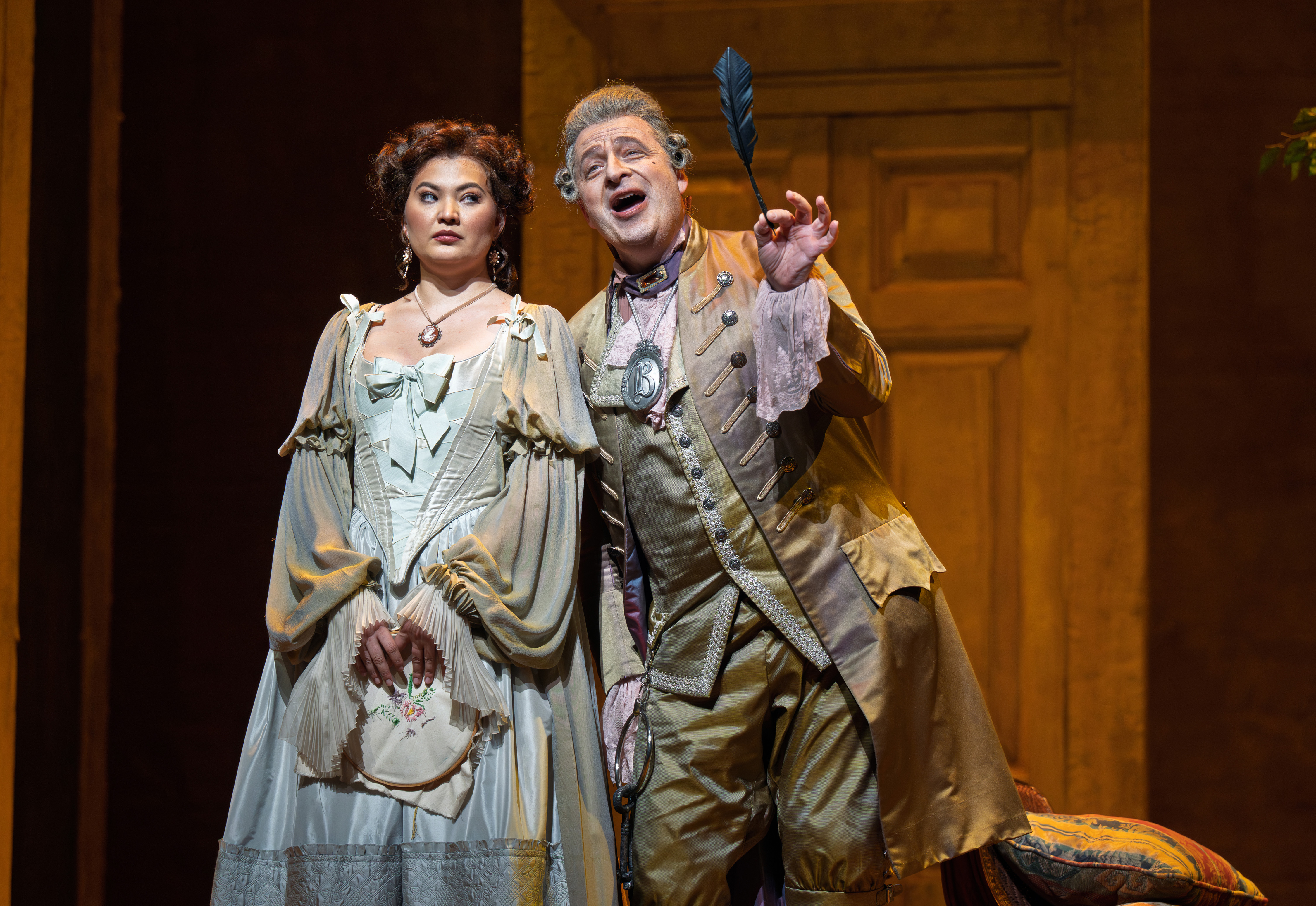Review: Selby Wynn Schwartz gets lost in « After Sapfo »

« Good night stories for rebel girls » is called a popular children’s book by Elena Favilli and Francesca Cavallo, who according to the publishing text is about « a hundred fantastic women who have achieved something special or stood up for their ideals ». The hybrid novel « After Sapfo » by American literary scientist Selby Wynn Schwartz is a kind of adult variant – nominated for the Booker Prize and received as a sensation.
The book is undoubtedly based on an interesting premise. Schwartz has set to write a collective biography in VI form over a few dozen female artists and feminists « after Sapfo », ie from the end of the 19th century to the interwar period. Many live in love relationships with other women. They write, paint, dance and hold salons, and they are called Virginia Woolf, Romaine Brooks, Radclyffe Hall and Sarah Bernhardt.
The text is built up Of short vignettes with a name, a year and perhaps a book title as a heading. Lyrically recounted scenes from the protagonists’ lives are interspersed with oak phrases – descriptions of their artwork – and folk -forming information about, for example, a insanely slander case in the 1918 UK, when a member of the lower house accused actress Maud Allan to stand on a list of Lesbian women whose existence he himself had dayhed.
The compilation is based on extensive archive research. The lives and artistry that are portrayed are fascinating, and here are admirable little common goods. Parts of the content, such as the survey of the Italian author Lina Poletti, appear to be genuinely valuable contributions to the research.
The worse, the idea works to let Sapfo run like a red thread through the text. Schwartz is certainly right that the women she writes about have been inspired by the predecessor’s life and works (who doesn’t have it?). But the way in which she herself acquires the Greek tradition leaves much to be desired. Sapfo is reduced to props in what feels like a college student’s imagination about « education ». Often I have the impression of being in a kind of Disneyland: Europe, where the past is not a foreign country but a dressing box to use at will. This is how it may sound:
Leave to herself did Natalie what she liked, namely to write poems and meet girls. One summer she met Eva Palmer whose long red hair resembled a poem that Natalie Barney wanted to write: It fell down to Eva’s ankles and hung there irresistibly. In the forest, they undressed to read Sapfo, bent verb naked among the leaves. They lived together in a Cinno -red cloud in Paris, until Eva went to Greece and married someone.
« Bent verb naked among the leaves »? « A Cinno -red cloud in Paris »? No legal person relates to reality like this. Unfortunately, the paragraph is representative. Schwartz consistently lays a kind of utopian floating speech where every woman is an infallible goddess with hair similar to a poem. The fact that SAPFO is made as the leader of this congregation by Manic Pixie Dream Girls is regrettable, and must probably be blamed on poor Anne Carson’s harmful influence on North American contemporary literature.
Identification with them thus becomes a form of cultural appropriation.
I wonder susceptibility to this expression is a generational issue. Schwartz, born in 1975, is just a little over 15 years older than I am, but in the 15 years a lot has happened in terms of women’s conditions. It is hardly the case that the patriarchy has been put on the head. But in terms of symbolic capital, ie the currency that is at stake in « After Sapfo », one could argue that women in the Western world are about men. In the OECD countries, 52 percent of women and 39 percent of men between 25 and 34 have studied further. The gap has grown for two decades, and is clear to anyone who has recently set foot at a university.

« After Sapfo » depicts a time when this was not the case at all. And the problem as I see it is that the text, through its Vi-form and its uncritical romance, implies a false closeness between (the most likely highly educated and relatively well-ordered) the reader and the people depicted. After all, these rebel girls live just like us: travel all over the world, lie with who they want, think of gossip, politics and their own work. However, unlike us, they have all the conditions against them.
Identification with them thus becomes a form of cultural appropriation. It is made possible by the importance of what sociologist Musa al-Gharbi calls Totemic capital-a resource that consists in the capacity to exchange its supposed marginalization against social influence, and thereby portray everything one is radically engaged.
I thinkin short, it is all so self -glorifying. Does so many women from the upper middle class really have to write books whose main purpose is to consolidate their own group’s values? Men can’t even read anymore, Selby! You teach at Stanford!
But on the other hand: Maybe not so long. Globally, women’s newly acquired rights seem to be in decline. And in the United States, the humanities and gender science are basically about being criminalized. From that perspective, « after Sapfo » can be a scream from a dying class. The only safe thing that can be said about what is waiting is that it will be a thousand times worse.
Read more Texts of Rebecka Kärde And more reviews of current books in DN Culture.







